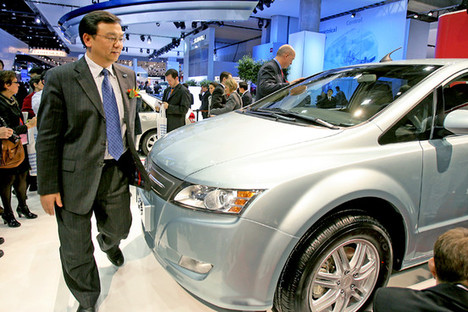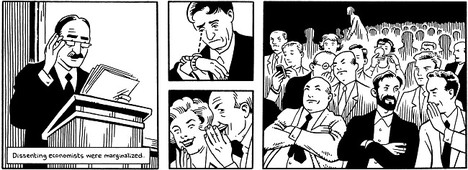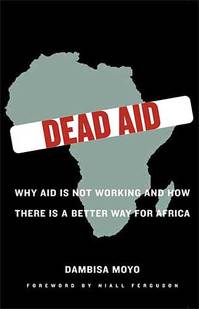(p. A5) Some of the nation’s biggest food and agriculture companies are planning to release a flurry of studies in coming weeks that scrutinize the potential impact of climate-change legislation, warning that it could lead to higher food prices.
. . .
In a letter sent last month to Sens. Barbara Boxer, the California Democrat, and Republican James Inhofe of Oklahoma, the coalition said the House bill “will increase food and feed prices and reduce the international competitiveness of our businesses.”
The letter said Congress “must take extreme care to avoid adverse impacts on food security, prices, safety, and accessibility to necessary consumer products.” The letter also criticized the House bill for failing to provide transitional assistance to “low-income households struggling with rising food prices.”
When the group’s studies are released, possibly by the end of August, they are likely to reignite tensions between food and ethanol producers that have raged since 2007 when Congress passed energy legislation that gave a big boost to the corn-ethanol industry.
The food industry has complained that the energy bill pushed up prices for corn and other key food ingredients that resulted in higher consumer prices as the ethanol industry siphoned more corn to make ethanol.
For the full story, see:
LAUREN ETTER. “Food Firms Fret Over Potential Impact of Climate Bill; Coalition, Including Agricultural Giants, Plans to Draw Attention to Concerns That Legislation Could Lead to Higher Food Prices.” The Wall Street Journal (Weds., Aug. 13, 2009): A5.
(Note: ellipsis added.)






